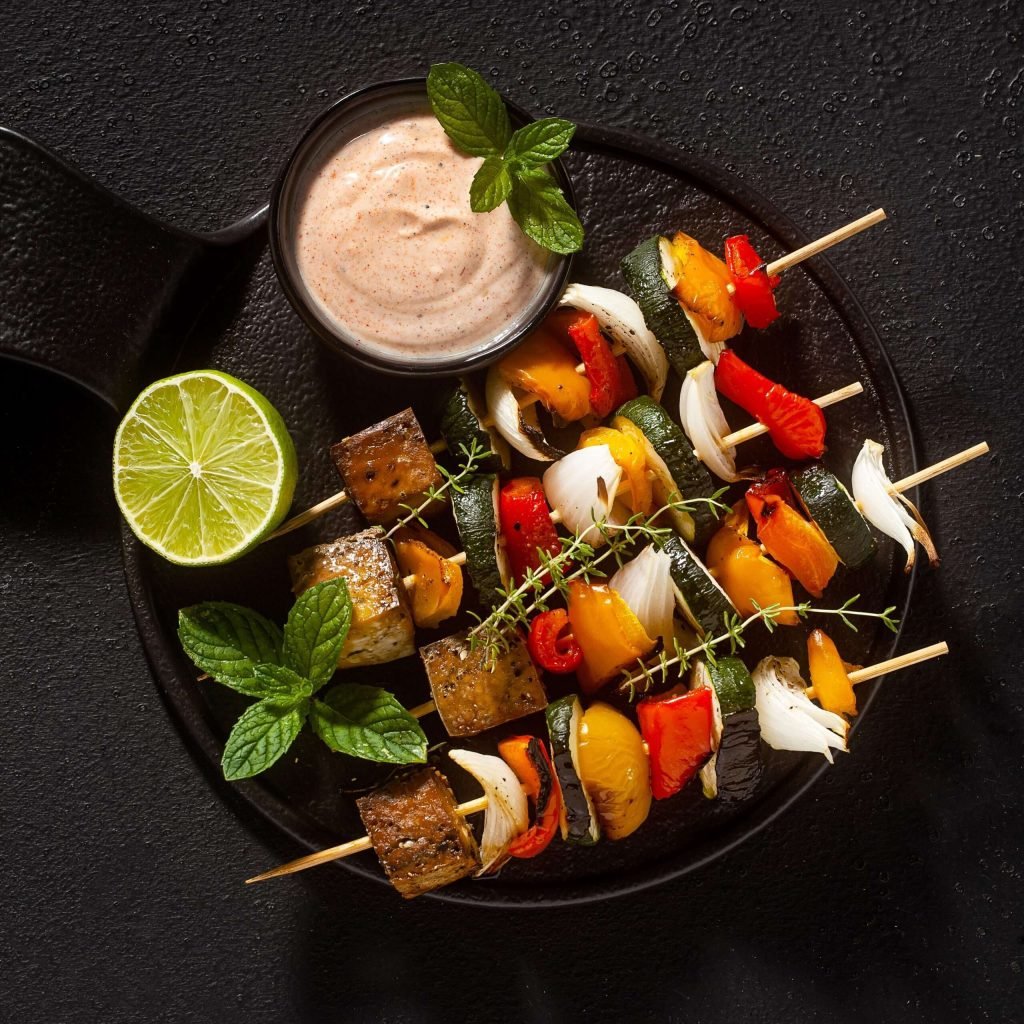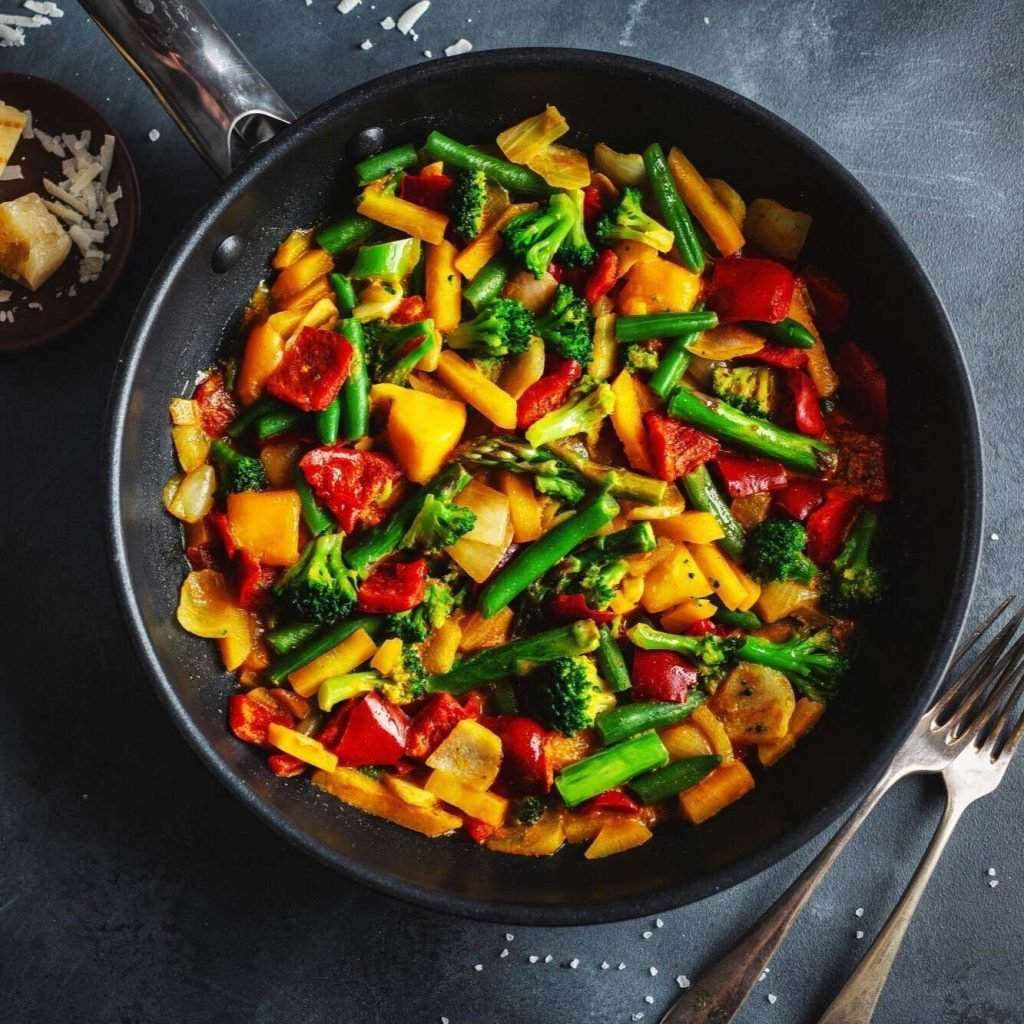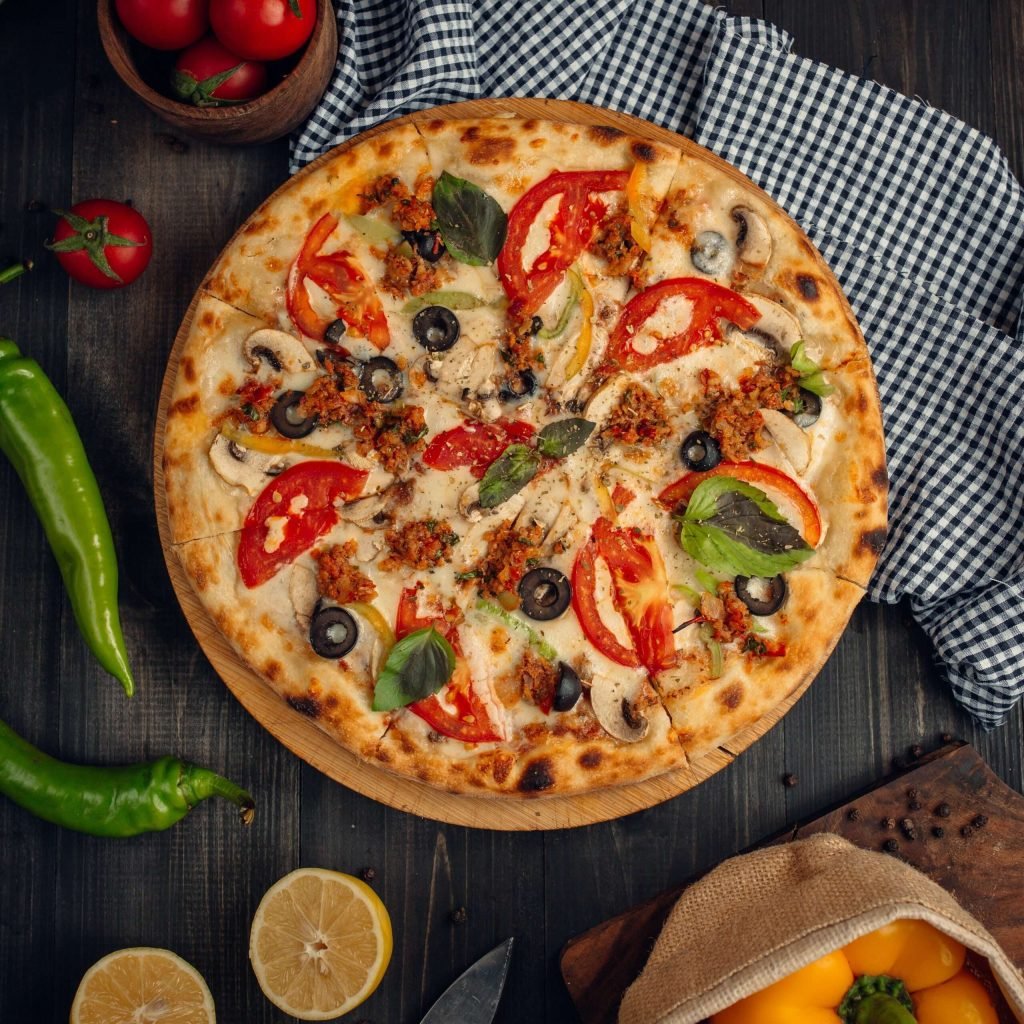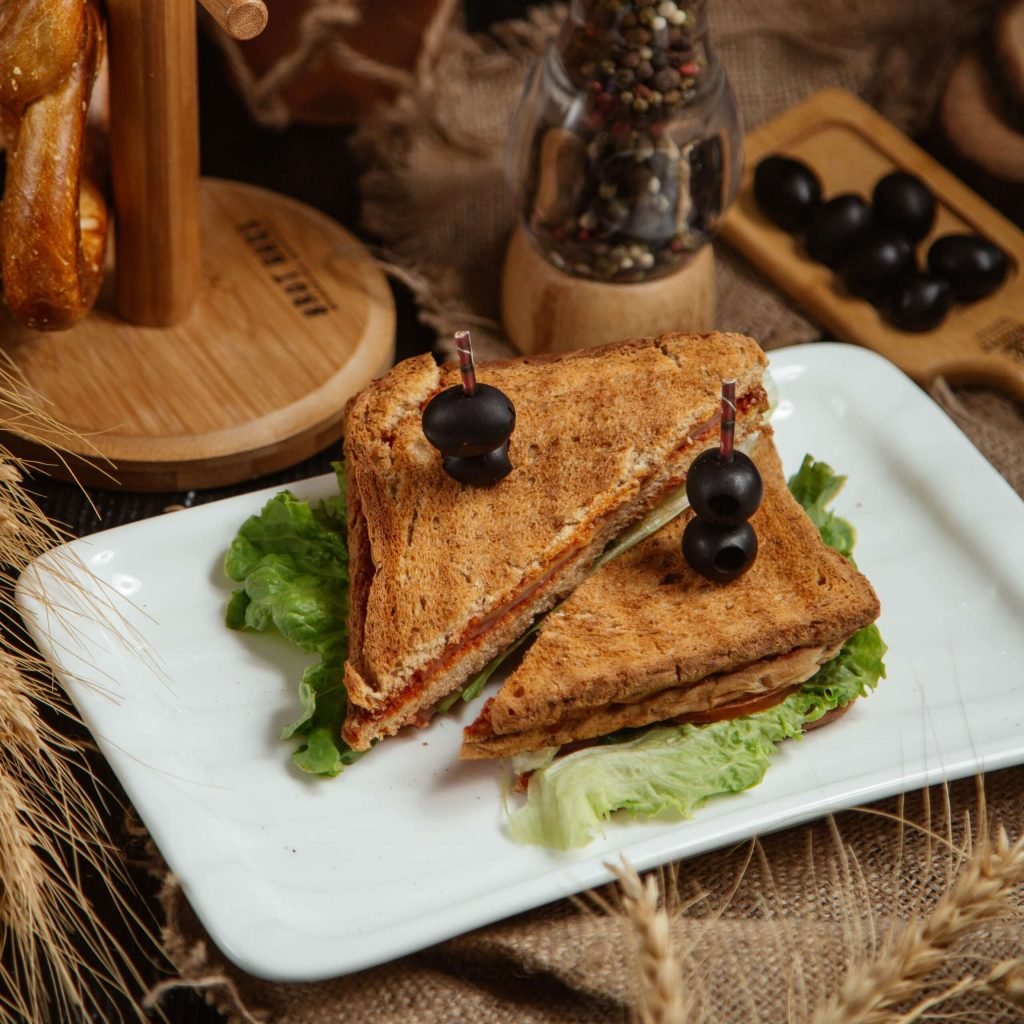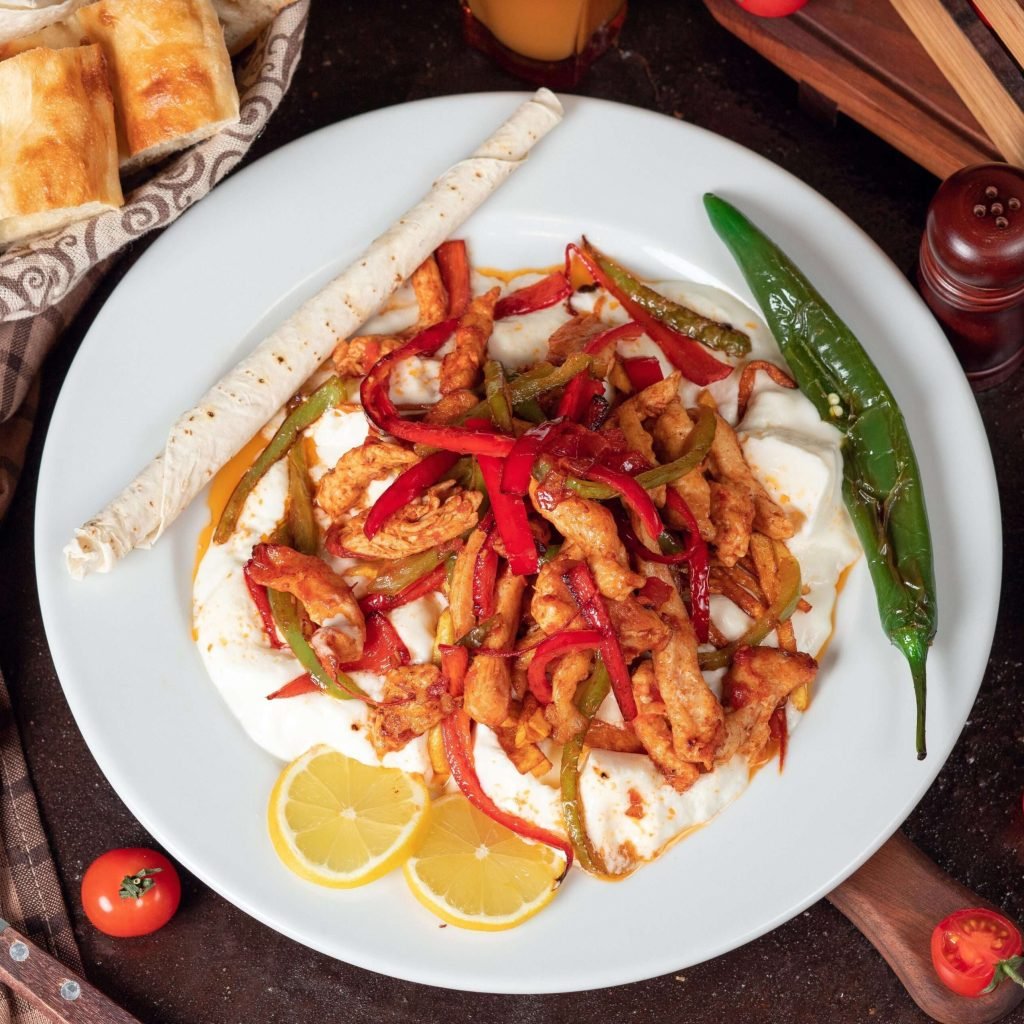British food has a charm that never fades. From cozy pubs serving Sunday roasts to elegant heritage dining rooms, traditional British restaurants in the UK celebrate the nation’s love for hearty, comforting meals. Whether you’re a tourist exploring local flavors or a resident seeking nostalgic dishes, this guide will help you discover what truly defines traditional British dining and where to find the most authentic experiences across the country.
Also, check out the best restaurants in Manchester and see what they offer on their menus, as well as their reviews and ratings.
What Makes a Restaurant a Traditional British Restaurant in the UK
Defining the Cuisine and Menu
A traditional British restaurant is known for simple, hearty dishes made with local ingredients. The menu often includes fish and chips, meat pies, Sunday roasts, and shepherd’s pie. Each meal tells a story of comfort and heritage. You’ll also find staples like Yorkshire pudding, sausages and mash, and sticky toffee pudding on most classic menus. The focus is on quality, tradition, and the warmth of home-style cooking that has defined British cuisine for centuries.

Atmosphere, Décor, and Heritage
Walking into a traditional British restaurant feels like stepping back in time. Wooden interiors, old paintings, and warm lighting create a cozy and nostalgic vibe. Many such places occupy historic buildings, some dating back to the 18th century. Waitstaff often wear classic uniforms, and the service is friendly yet formal. These small details keep the heritage of British dining alive, reminding guests of the deep cultural roots behind every dish served.
Regional Specialties and What to Expect
Each part of the UK adds its own flavor to traditional dining. In England, Sunday roasts and steak pies dominate menus. Scotland brings haggis and Cullen skink, while Wales is famous for Welsh rarebit and lamb dishes. Northern Ireland adds hearty stews and soda bread to the mix. Exploring regional specialties helps you appreciate the diversity within traditional British restaurants across the UK.
Trends and Challenges Facing Traditional British Restaurants Today
Changing Dining Habits
Modern diners have different expectations than a decade ago. A recent study shows fewer families gather weekly for Sunday roasts, a long-standing tradition. Still, traditional British restaurants are adapting by offering smaller portions and weekday roasts. Many also pair classics with modern presentation, ensuring younger diners stay connected to these old favorites.
Modern Expectations: Vegetarian, Vegan, and Sustainable Options
Tradition now meets sustainability in many authentic British restaurants. Chefs focus on local sourcing, reducing waste, and offering vegetarian versions of classics. You’ll often find plant-based shepherd’s pie or vegan gravy with your Sunday roast. This shift keeps tradition alive while appealing to modern values of health and sustainability.
Competition from Fast Food and Modern Cuisine
The rise of fast food and fusion dining has created competition for traditional restaurants. Yet, what keeps these places strong is their authenticity and storytelling. Tourists still crave British comfort food, and locals return for nostalgia. Authenticity, history, and a personal touch help traditional British restaurants remain timeless in an ever-changing food scene.
How to Choose the Right Traditional British Restaurant
Budget Categories: Casual Pubs to Fine Dining
Traditional British dining doesn’t always mean expensive.
- Casual pubs: Perfect for hearty classics like fish and chips.
- Mid-range restaurants: Combine heritage recipes with modern comfort.
- Fine-dining heritage restaurants: Offer polished versions of traditional dishes in elegant settings.
Each category gives a different way to enjoy British cuisine depending on your mood and budget.
What to Look for: Authentic Menu, Reviews, and Ambiance
Authentic British restaurants focus on classic dishes cooked in-house using local produce. Check reviews for mentions of homemade gravy, hand-cut chips, or signature pies. The décor should feel warm and traditional, with friendly service and a calm atmosphere. Consistency and attention to detail often signal a truly authentic experience.
Practical Tips: Booking and What to Expect
For weekends or holidays, reservations are recommended, especially in heritage venues. Expect prices around £15–£30 per person at mid-range places and higher for fine dining. Traditional restaurants often feature set lunch menus, which are great value. Don’t hesitate to ask about daily specials — many chefs highlight local ingredients that reflect the region’s culinary identity.
Notable Examples Across the UK
| Restaurant | Location | What Makes It Traditional | Typical Price Range |
| Simpson’s in the Strand | London, England | Historic dining room serving roasts since 1828 | £35–£70 |
| The Witchery by the Castle | Edinburgh, Scotland | Gothic décor, Scottish produce, candlelit dining | £40–£80 |
| The Pheasant Inn | Cheshire, England | Country pub style with homemade pies and local ales | £20–£40 |
| The Walnut Tree Inn | Abergavenny, Wales | Michelin-star restaurant serving modern takes on classics | £30–£60 |
| Mourne Seafood Bar | Belfast, Northern Ireland | Fresh seafood with British comfort dishes | £25–£50 |
England’s Heritage Dining
In England, traditional dining remains rooted in pubs and historic hotels. Places like Simpson’s in the Strand still carve roast beef tableside, keeping a ritual alive that started in the Victorian era. You’ll also find family-run pubs across the countryside serving authentic pies and puddings with the same recipes passed down for generations.
Scotland’s Culinary Traditions
Scotland’s heritage restaurants celebrate robust flavors and local produce. Expect dishes like haggis, neeps, and tatties served with a modern twist. The Witchery by the Castle in Edinburgh offers an atmosphere filled with candlelight and history, making it a favorite among visitors who want both charm and authenticity.
Wales and Northern Ireland’s Hidden Gems
In Wales, restaurants like The Walnut Tree Inn highlight fresh Welsh lamb and traditional desserts like bara brith. Northern Ireland’s Mourne Seafood Bar combines local catch with hearty British staples. These regions show that British dining extends far beyond London, offering genuine hospitality and strong regional pride.
The Future of Traditional British Dining
How Traditional Restaurants Are Evolving
Traditional British restaurants are evolving with time. Many embrace modern plating, global influences, and digital booking systems while staying true to their roots. You might find a vegan cottage pie beside a traditional roast, proving heritage and innovation can coexist. This adaptability ensures these establishments thrive even as dining trends shift.
Why This Tradition Remains Relevant
Despite trends and challenges, traditional British restaurants remain a vital part of the UK’s food culture. They preserve recipes, support local farmers, and connect communities through shared meals. For tourists, they offer a taste of Britain’s past; for locals, they provide comfort and continuity. These timeless places remind us why food is not just nourishment, it’s tradition.
Conclusion
Traditional British restaurants in the UK continue to represent more than just good food, they are living symbols of the nation’s history and identity. From old pubs to elegant dining rooms, they bring people together through flavors that never fade. Whether you seek nostalgia, comfort, or cultural exploration, visiting a traditional British restaurant UK promises an experience both delicious and meaningful.










